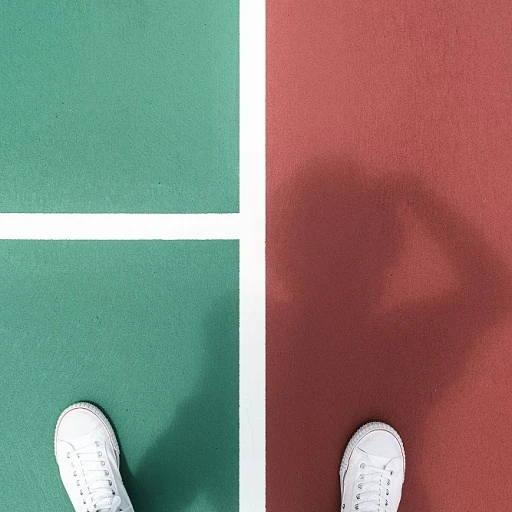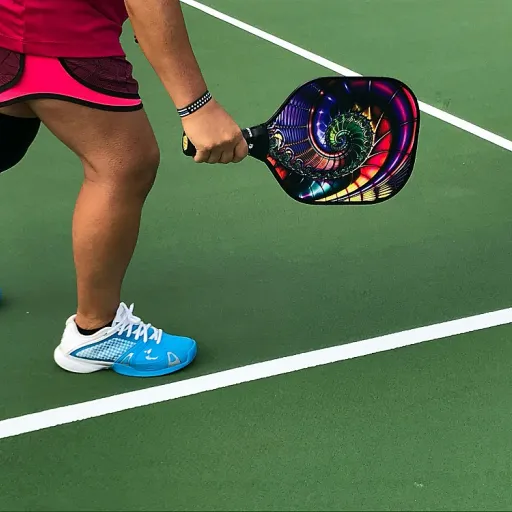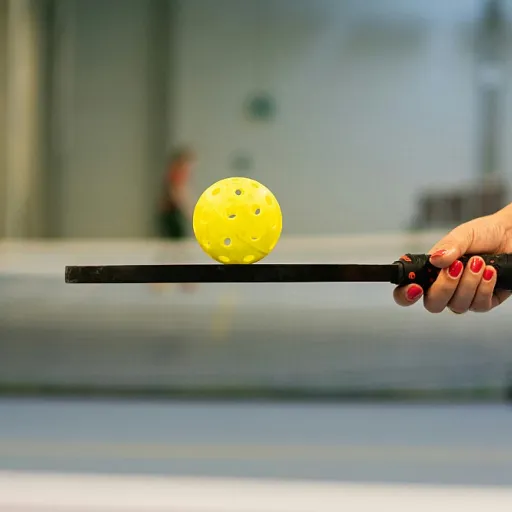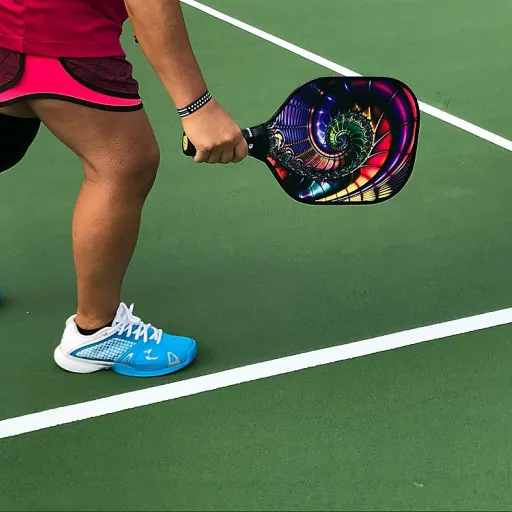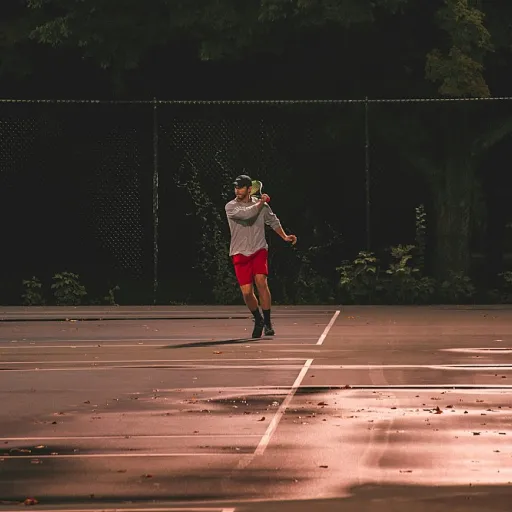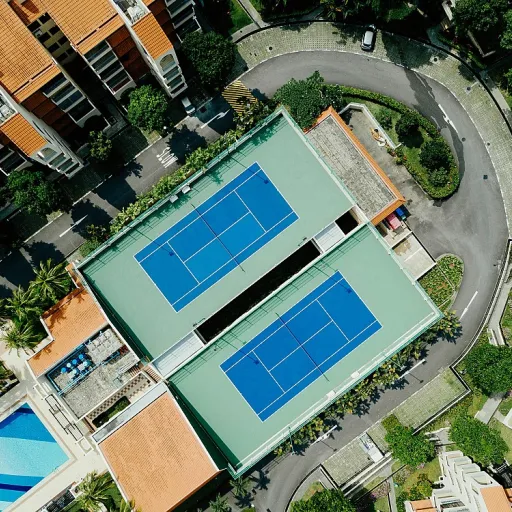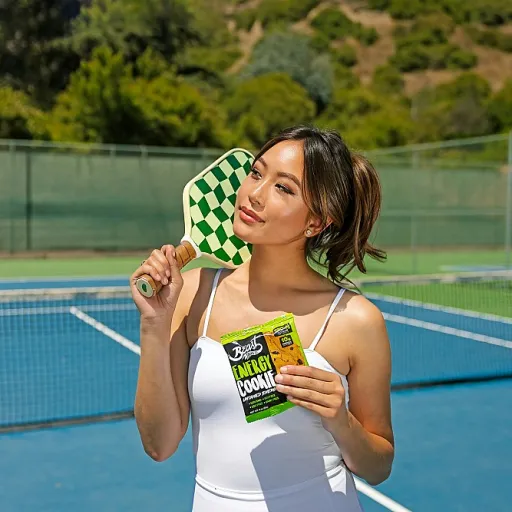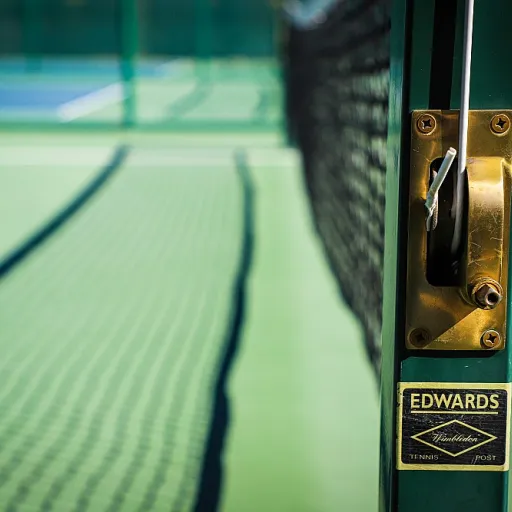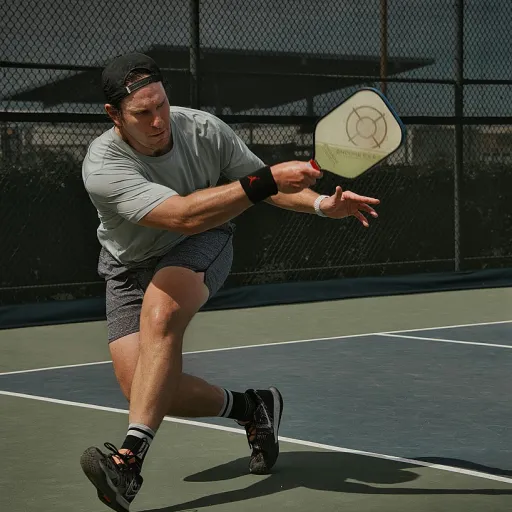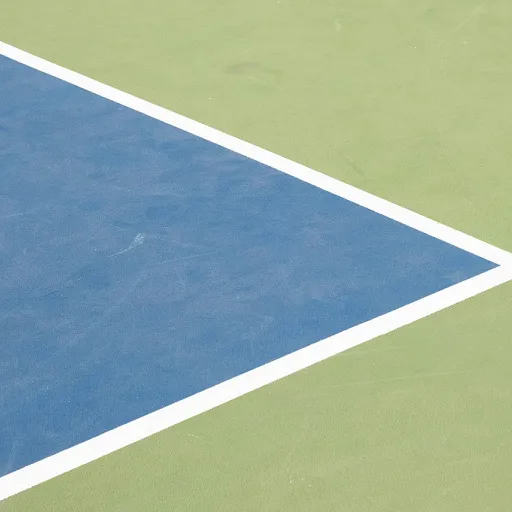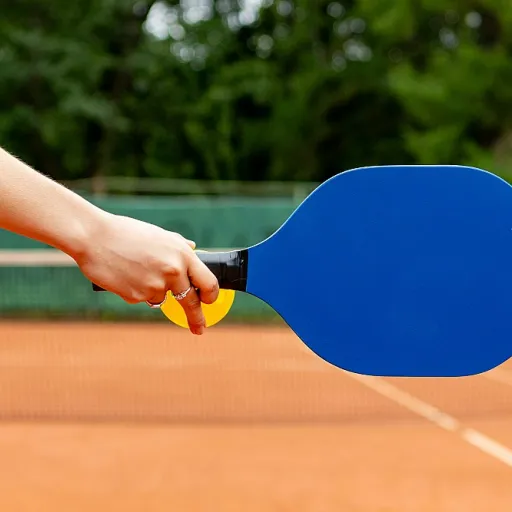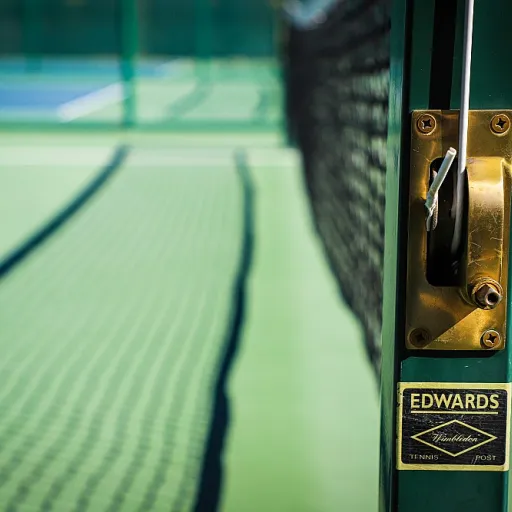What is Pickleball
Pickleball, a rapidly growing sport captivating participants of all ages, ingeniously combines elements from tennis, badminton, and ping-pong. Originating in 1965 on Bainbridge Island, Washington, this engaging sport was invented by three fathers looking to entertain their bored children during the summer. Today, pickleball stands out due to its accessibility and communal appeal, attracting a diverse group of players across the globe.
Playing pickleball is straightforward and enjoyable. The game requires a paddle, similar to a large ping-pong paddle, and a plastic ball with holes, played either indoors or outdoors on a badminton-sized court with a slightly modified tennis net. The sport can be played as singles or doubles, making it a versatile activity for family gatherings, social events, or competitive play.
What sets pickleball apart is its inclusive nature. The sport's rules and equipment are designed to level the playing field, allowing players of different ages, backgrounds, and athletic abilities to compete together, promoting a healthy, active lifestyle. Additionally, pickleball serves as an excellent cardiovascular workout while being easier on the joints than other racket sports, making it particularly appealing to older players.
The simplicity of pickleball rules contributes to its growing popularity. The game starts with an underhand serve, and the serving team must let the return shot bounce before playing it – this is known as the two-bounce rule. Points are scored by the serving side only and games typically go to 11, 15, or 21 points. These straightforward rules make pickleball easy to learn but challenging to master, ensuring it remains engaging and competitive at all levels.
Pickleball's community aspect cannot be overstated. It fosters a social environment where players not only compete but also form lasting friendships and connections. Communities often host regular pickleball games, leagues, and social tournaments, which serve as great opportunities to meet new people while staying active.
In conclusion, pickleball is more than just a sport; it's a community-centric activity that brings people together through the joy of play. Whether you're a seasoned athlete looking for a less strenuous alternative to tennis or someone seeking a fun way to stay active, pickleball offers something for everyone. With its easy-to-learn rules, social nature, and physical benefits, it's no wonder pickleball is becoming one of the fastest-growing sports in the world.
Benefits of Playing Pickleball
Engaging in pickleball presents numerous benefits, catering to various aspects of health and social well-being. As one of the fastest-growing sports in the United States, pickleball appeals to a wide demographic due to its accessibility, social nature, and health benefits.
Physical Health Benefits: Pickleball provides a fantastic cardiovascular workout that improves heart health, increases stamina, and enhances coordination and balance. Unlike more strenuous racket sports, pickleball's lower impact on the body reduces the risk of injuries, making it an ideal activity for individuals of all ages, particularly seniors seeking to maintain an active lifestyle without overstraining their joints.
Mental Health Advantages: Regular participation in pickleball can significantly impact mental health. The sport requires concentration, strategy, and quick reflexes, which help sharpen the mind and improve cognitive functions. Additionally, the joy and satisfaction derived from playing, combined with the outdoor settings where it's often played, contribute to reduced stress levels, better mood, and overall mental well-being.
Social Benefits: Pickleball is renowned for its community spirit and social environment. The sport encourages interaction, teamwork, and communication, making it a fantastic way to meet new people and foster friendships. Whether through casual games, leagues, or tournaments, pickleball creates a sense of belonging and community among players.
Accessibility and Inclusivity: One of the key reasons behind pickleball's popularity is its accessibility. It can be played indoors or outdoors, on a variety of surfaces, and requires minimal equipment. Furthermore, its rules are simple and easy to learn, making it welcoming to beginners and enjoyable for players at all skill levels. This inclusivity extends to all ages and backgrounds, making pickleball a unifying sport.
Versatility and Adaptability: Pickleball's rules can be easily adapted to suit the players' needs, making it equally enjoyable whether you're seeking competitive play or a leisurely game with friends. Its versatility also allows for different types of play, from singles to doubles, providing varied physical challenges and social interactions.
Improved Lifestyle: Regularly playing pickleball can lead to a more active and healthier lifestyle. It encourages outdoor activity, physical fitness, and social interactions, contributing to a higher quality of life.
In conclusion, the benefits of playing pickleball extend far beyond the physical. It impacts mental health, fosters social connections, and offers a welcoming environment for everyone. Whether you're looking for a fun way to stay active, improve your mental well-being, or connect with others, pickleball provides a comprehensive solution that caters to a diverse range of needs and preferences.
Pickleball Equipment Guide
Selecting the right equipment is essential for anyone looking to get into pickleball, whether you're a beginner or an experienced player. This guide will help you understand what you need to start playing and how to choose the best equipment for your style and level of play.
Paddles: The pickleball paddle is the most crucial piece of equipment. Paddles come in various materials, including wood, composite, and graphite. Wooden paddles are durable and inexpensive, making them a good choice for beginners. Composite and graphite paddles are lighter and offer better control and power, suited for more experienced players. When choosing a paddle, consider the weight, grip size, and balance to find one that feels comfortable and suits your playing style.
Balls: Pickleball balls are unique, with holes through them, and are designed for either indoor or outdoor play. Outdoor balls are typically harder and have smaller, more tightly spaced holes, making them less affected by wind. Indoor balls are softer and have larger holes. When choosing a ball, consider where you will be playing most often and select accordingly.
Footwear: Proper footwear is important for safety and performance. Look for shoes designed for court sports, such as tennis or volleyball shoes, which provide the necessary support and traction for the quick movements pickleball requires. Ensure the shoes fit well and offer good lateral support to prevent injuries.
Clothing: Comfortable, breathable athletic wear is best for playing pickleball. Choose materials that wick away sweat and allow you to move freely. Consider layers if you're playing in cooler conditions, and always wear sun protection if you're playing outdoors.
Accessories: While not essential, certain accessories can enhance your playing experience. These include gloves to improve grip, sweatbands to keep your hands dry, and sunglasses or a hat for outdoor play. A good quality sports bag can also be useful for carrying your equipment.
Safety Equipment: Safety should always be a priority. Consider wearing protective eyewear to guard against balls and paddles. Knee and elbow pads can offer additional protection, especially for beginners or those prone to falls.
In conclusion, having the right equipment can significantly enhance your pickleball experience. Invest in quality gear that suits your level of play and personal preferences. Remember, while equipment is important, the most crucial elements are to enjoy the game, stay active, and connect with the pickleball community.
How to Play Pickleball: Tips and Strategies
Whether you're new to pickleball or looking to refine your skills, understanding the basics and implementing strategies can significantly enhance your game. This guide provides essential tips and strategies for players at all levels.
Basic Techniques: Serving: The serve in pickleball is underhand and should be made diagonally across the court. Practice varying your serve in terms of speed and direction to make it less predictable.
Volleying: Staying close to the net, or 'the kitchen line,' allows you to volley effectively. Remember, you cannot step into the non-volley zone (the kitchen) when volleying.
Dinking: A dink is a soft shot played from near the net, intended to drop into the opponent's non-volley zone. Mastering the dink can give you a strategic advantage by forcing your opponent to hit upward, creating opportunities for you to attack.
pickleball Strategies: Positioning:Good positioning is key in pickleball. Try to control the center of the court and always return to the center after making a shot.
Communication: In doubles play, communication with your partner is crucial. Call out shots and coordinate movements to cover more ground and defend effectively.
pickleballPatience: Pickleball often involves longer rallies. Be patient and wait for the right moment to attack. Forcing shots can lead to errors.
pickleball Advanced Techniques:
Third Shot Drop: After serving, the third shot is crucial. A well-executed third shot drop can help you transition from the baseline to the net.
Lobbing: A lob is a high shot that goes over the opponent's head, forcing them back. Use lobs sparingly and strategically, as they can be risky.
Pickleball Drive Shots: Drive shots are fast, flat shots aimed at your opponent's body or feet. They can be effective in disrupting your opponent's position and creating openings.
Practice and Improvement:
Drills: Regularly practice drills to improve your accuracy, control, and shot variety.
Play Against Better Players: Playing against more skilled opponents can accelerate your learning and adaptation.
Review and Reflect: After games, take time to reflect on your performance. Identify areas for improvement and set goals for your next game.
In conclusion, improving at pickleball requires a combination of understanding the basics, practicing regularly, and employing strategies during play. Whether you're aiming to compete at higher levels or just enjoy the game more fully, these tips and strategies can help you become a more effective and confident player.
Pickleball Rules and Scoring Explained
Understanding the rules and scoring system is fundamental to playing and enjoying pickleball. This section breaks down the essential rules and how scoring works, ensuring players can play confidently and correctly.
Basic Rules:
The Serve: Serves must be underhand and below the waist, with the paddle below the wrist at the point of contact. The serve is diagonal, starting from the right-hand service square to the opposite court.
Double Bounce Rule: After the serve, the ball must bounce once on each side before either team can start volleying (hitting the ball before it bounces).
Non-Volley Zone: The seven-foot area adjacent to the net, known as 'the kitchen,' is a non-volley zone. Players cannot volley the ball while standing in this zone.
Scoring:
Pickleball uses a unique scoring system:
Games are typically played to 11, 15, or 21 points, and a team must win by two points.
Only the serving team can score points. If the receiving team wins the rally, they earn the serve but not a point.
The score is called out in the order of the serving team's score, the receiving team's score, and the server number (1 or 2 in doubles).
Faults:
A fault is a rule violation that ends the rally and can include:
Hitting the ball out of bounds.
Not clearing the net.
Volleying the ball from the non-volley zone.
Volleying the ball before it has bounced once on each side of the net.
Tips for Keeping Score:
Always call out the score before serving to avoid confusion.
Keep track of who is the first and second server in doubles to know when to switch sides.
Use visual aids, like wristbands or paddle markers, to remember the serving sequence and score.
Additional Rules:
Line Calls: Balls are considered in if any part of them touches the line. Players should make calls honestly and respectfully.
Time-Outs: Each team is allowed one 1-minute timeout per game in tournament play. Use this time to strategize or rest.
Etiquette: Good sportsmanship is essential in pickleball. Respect your opponents, make fair calls, and maintain a positive attitude.
In conclusion, understanding the rules and scoring in pickleball not only ensures that games run smoothly but also enhances the enjoyment of the sport. Whether you're a beginner or an experienced player, familiarizing yourself with these guidelines will help you engage more fully with the game and develop as a player.
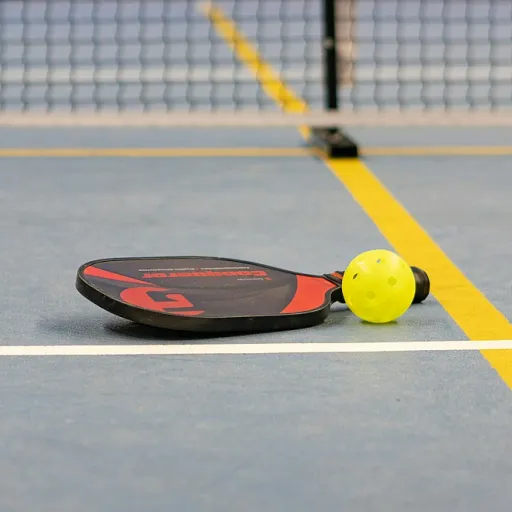

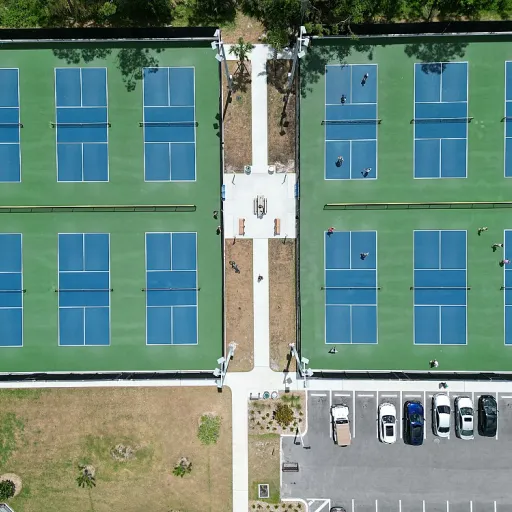
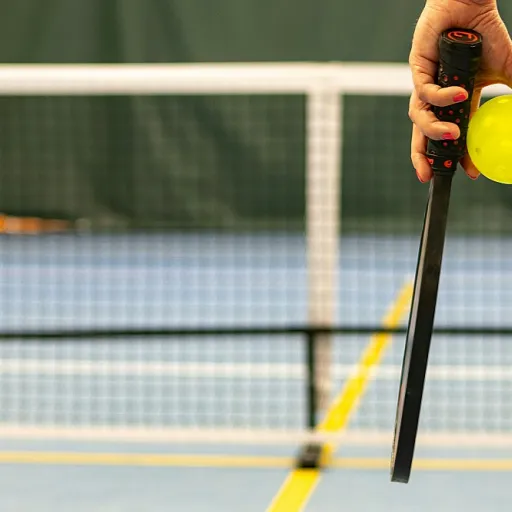
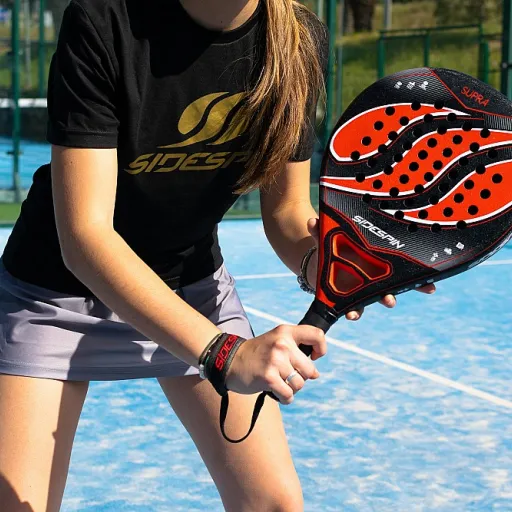
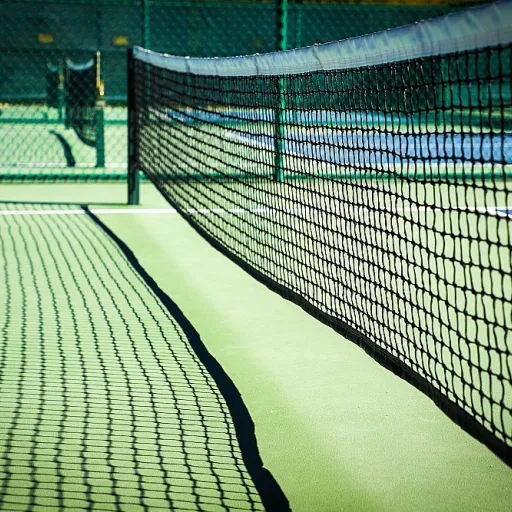

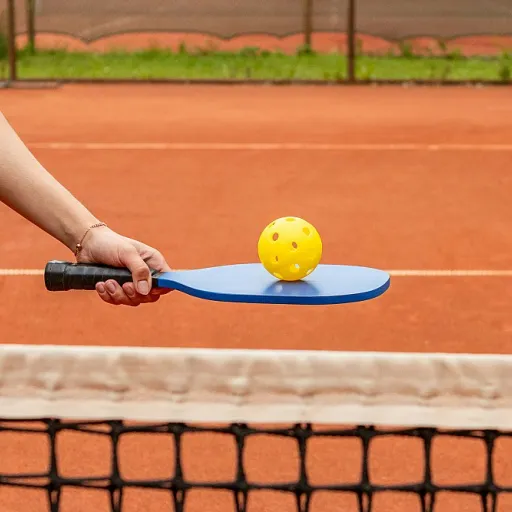
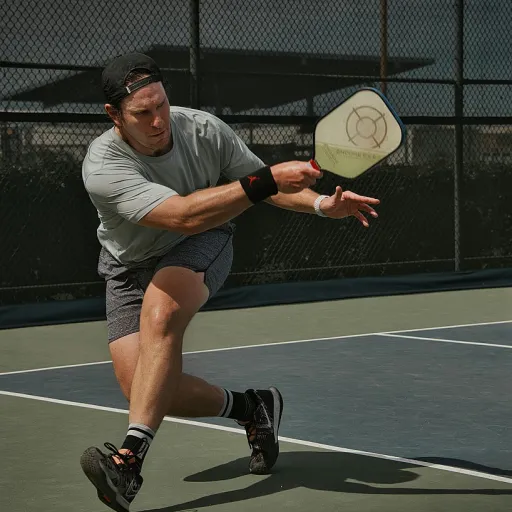

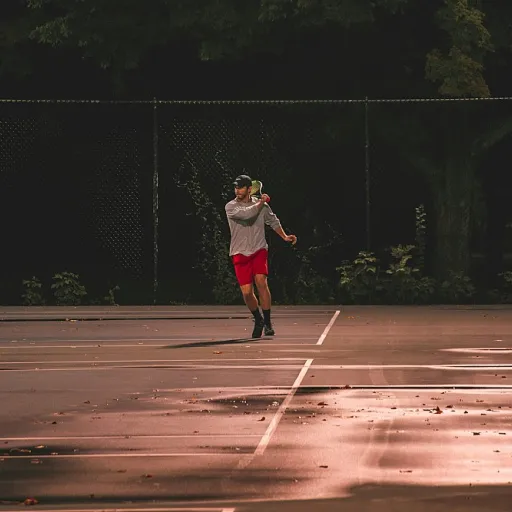
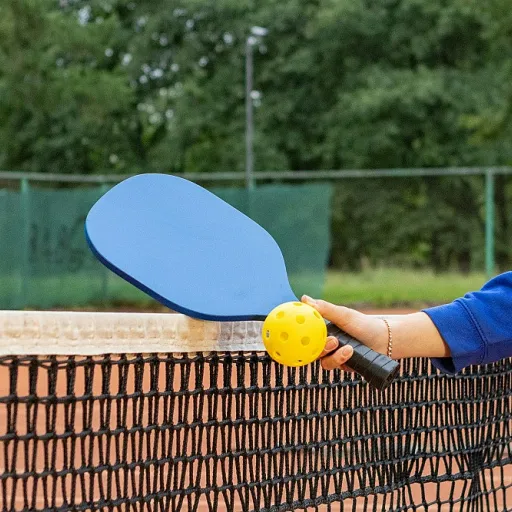
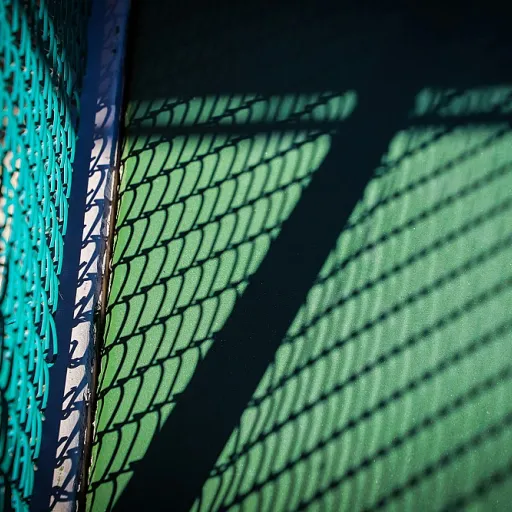
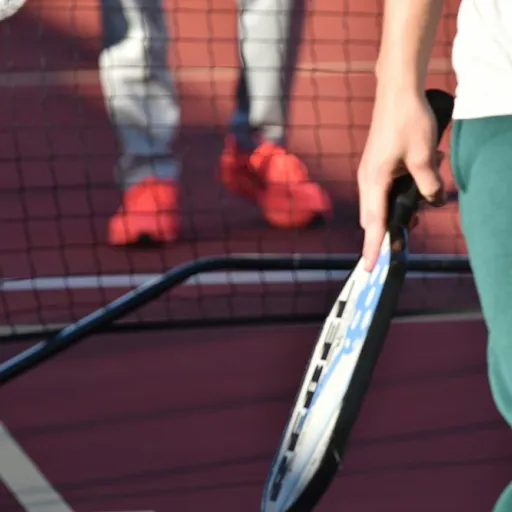

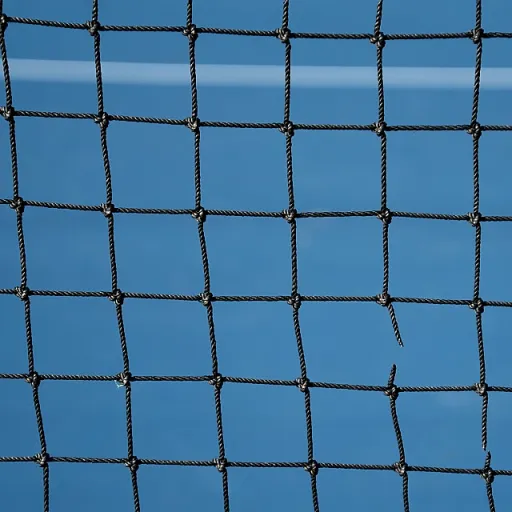
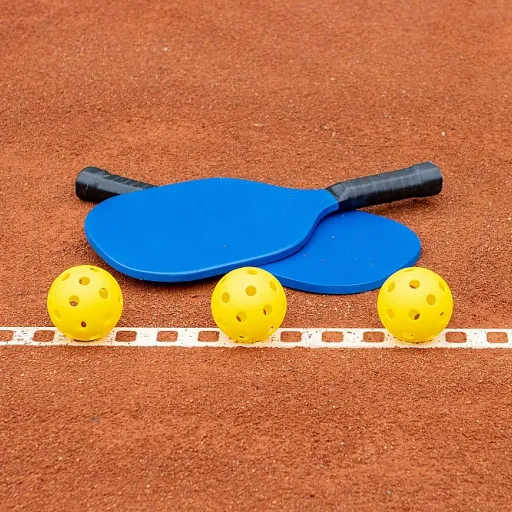
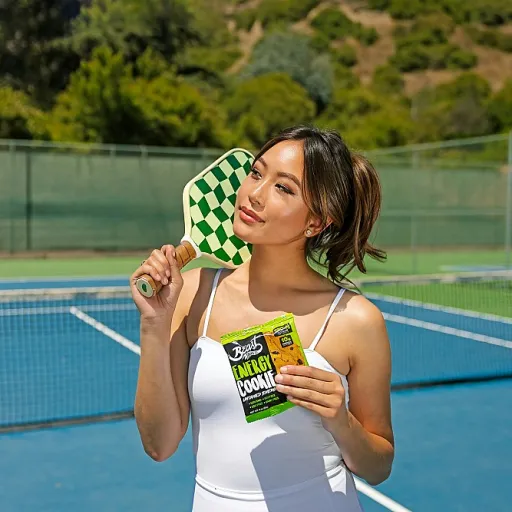

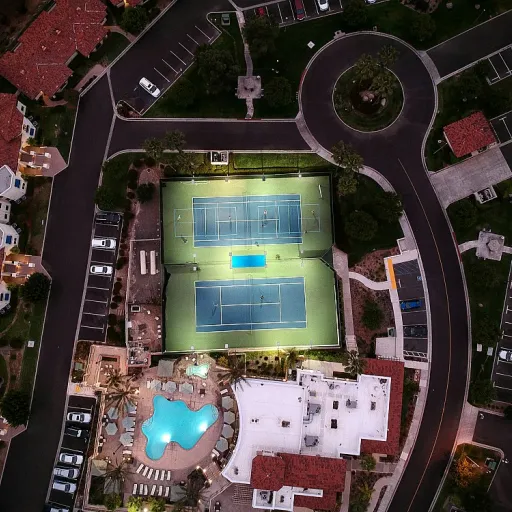
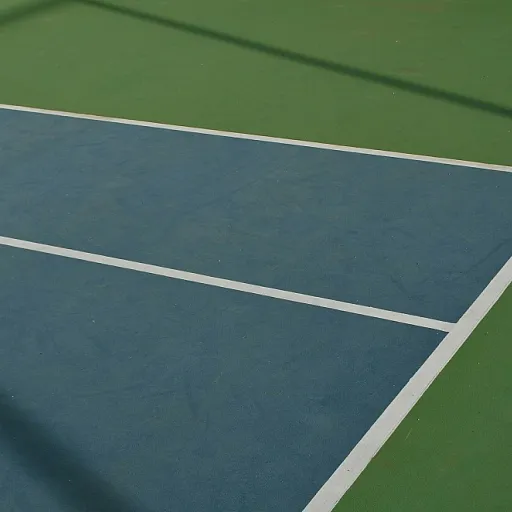
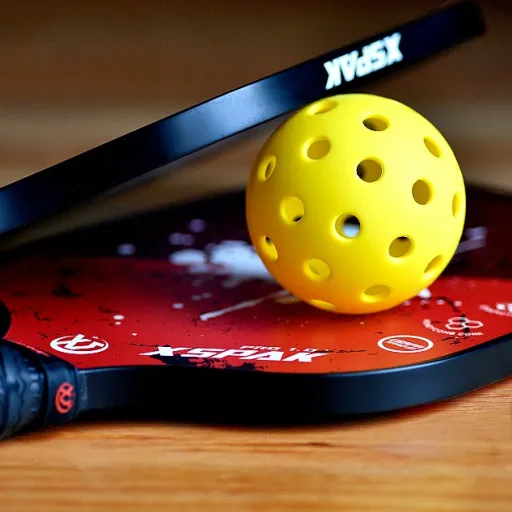
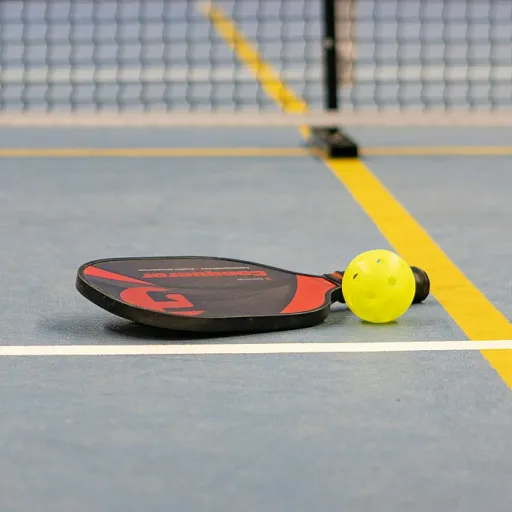

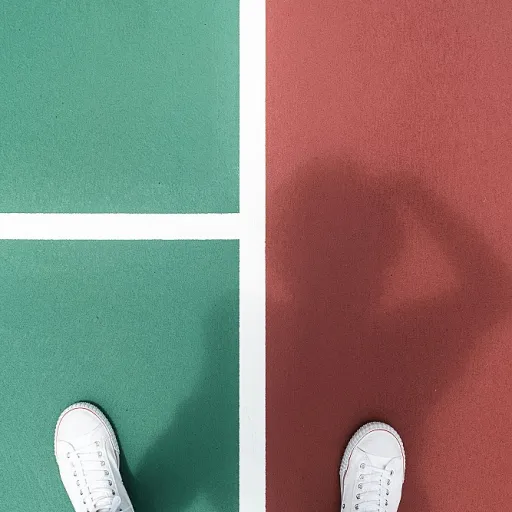

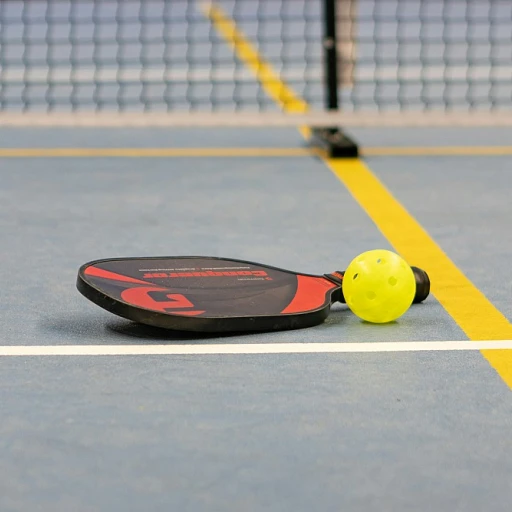
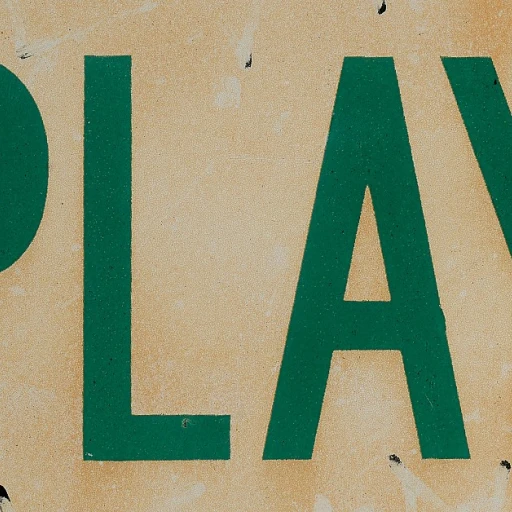
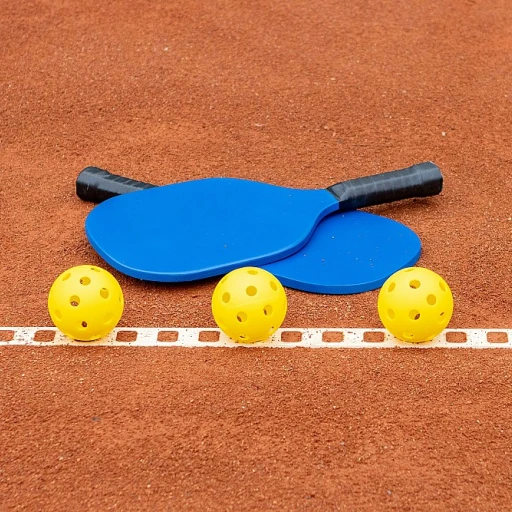
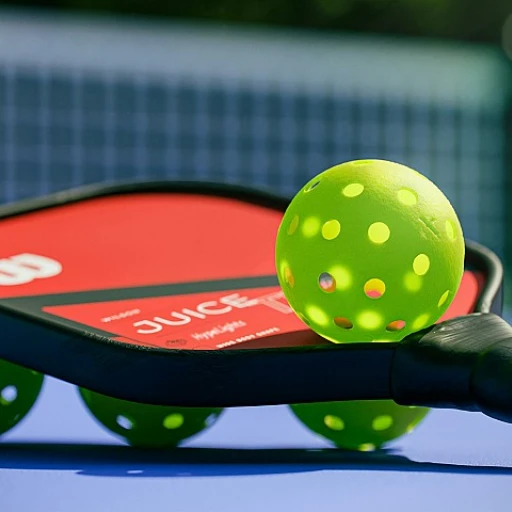
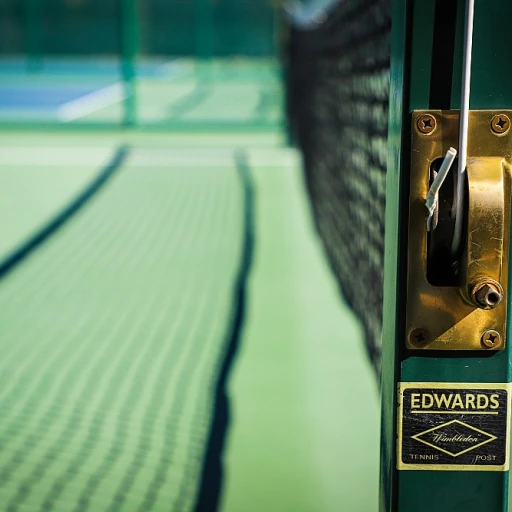
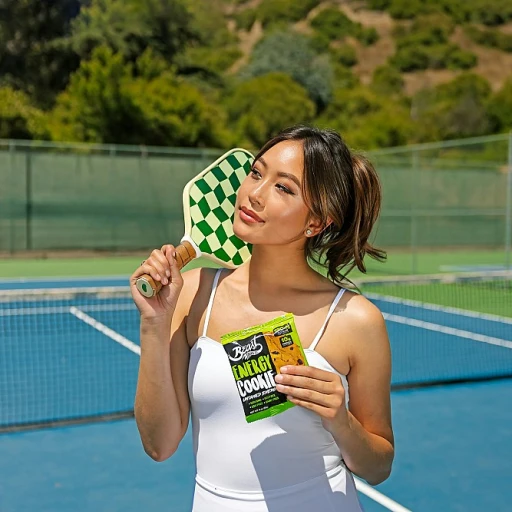
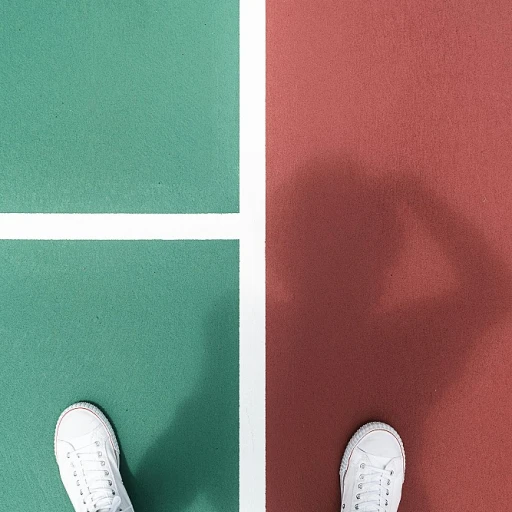
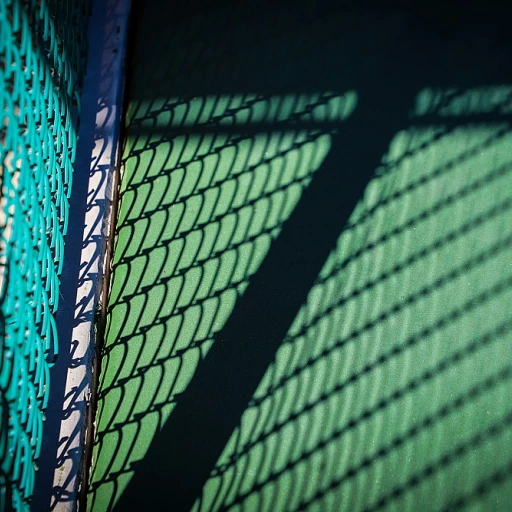
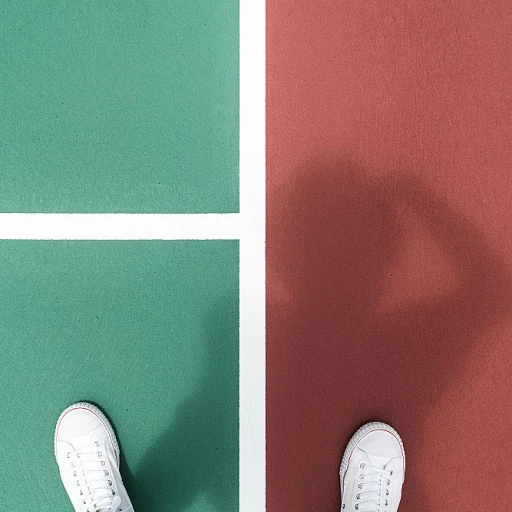
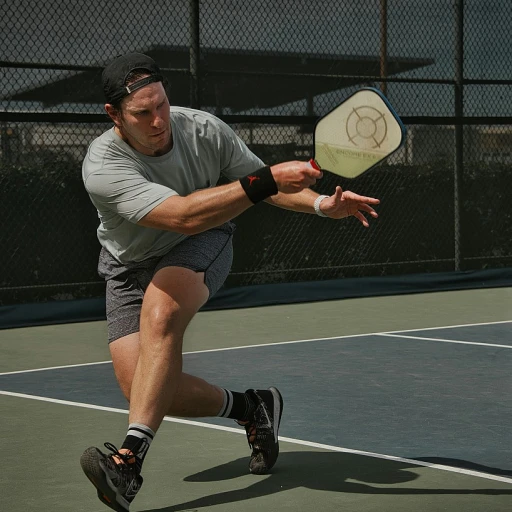
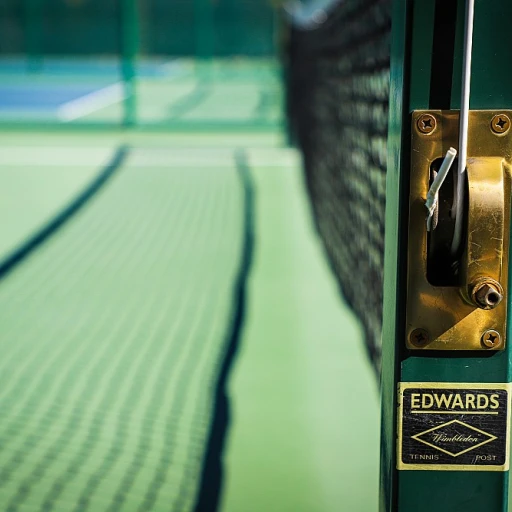
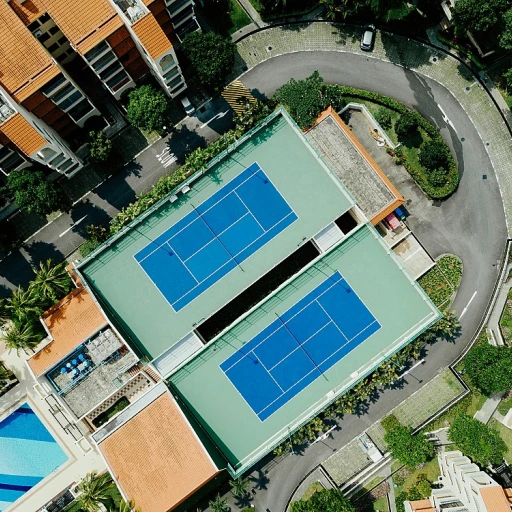

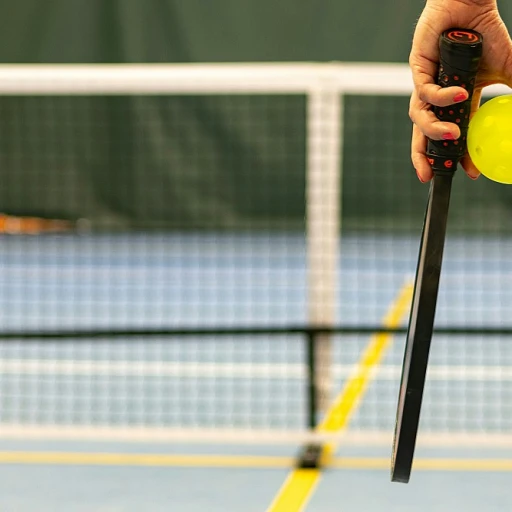
-large-teaser.webp)
